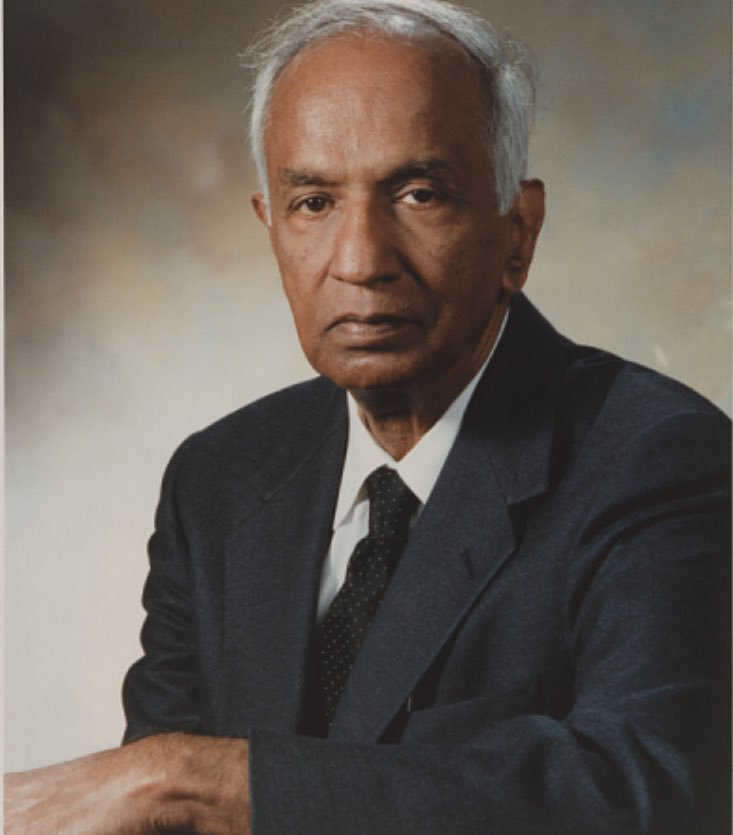
Subrahmanyan Chandrasekhar was known to the world as Chandra. The word chandra means "moon" or "luminous" in Sanskrit.
Subrahmanyan Chandrasekhar was born in 1910 in Lahore, which at the time was in British India. He was one of ten children born to Sita Balakrishnan and Chandrasekhara Subrahmanya Ayyar. His father was a government officer while his mother was a highly intellectual woman that translated literary works into Tamil, an Indian dialect. His parents and private tutors schooled Chandra at home until the age of twelve. He attended Hindu High School where he graduated in 1925 at the age of fifteen. He earned a bachelor’s degree in physics from Presidency College. Chandra received a scholarship to pursue graduate studies at Cambridge University in England. He also studied for one year in Copenhagen at the Institut for Teoretisk Fysik prior to receiving his Ph.D. from Cambridge in 1933. In 1936 Chandra was joined with Lalitha Doriswamy in a marriage that lasted for over fifty years. In 1937 Chandra joined the faculty of the University of Chicago where he remained until his death in 1995.
Subrahmanyan Chandrasekhar was one of the foremost astrophysicists of the twentieth century. He was one of the first scientists to couple the study of physics with the study of astronomy. Chandra proved that there was an upper limit to the mass of a white dwarf. This limit, known as the Chandra limit, showed that stars more massive than the Sun would explode or form black holes as they died. Chandra also developed theories on star atmospheres, black holes, and the illumination of the sunlit sky, star structures and star mass. In 1983 Chandra was awarded the Nobel Prize in Physics for his work on the physical processes involved in the structure and evolution of stars. Chandra published ten books and served as the editor of the prominent Astrophysical Journal for nineteen years. In 1999, four years after his death in August of 1995, NASA launched Chandra, an x-ray observatory named in honour of Subrahmanyan Chandrasekhar. The observatory studies the universe in the x-ray portion of the electromagnetic spectrum. To know more about him, please click on the link below.
